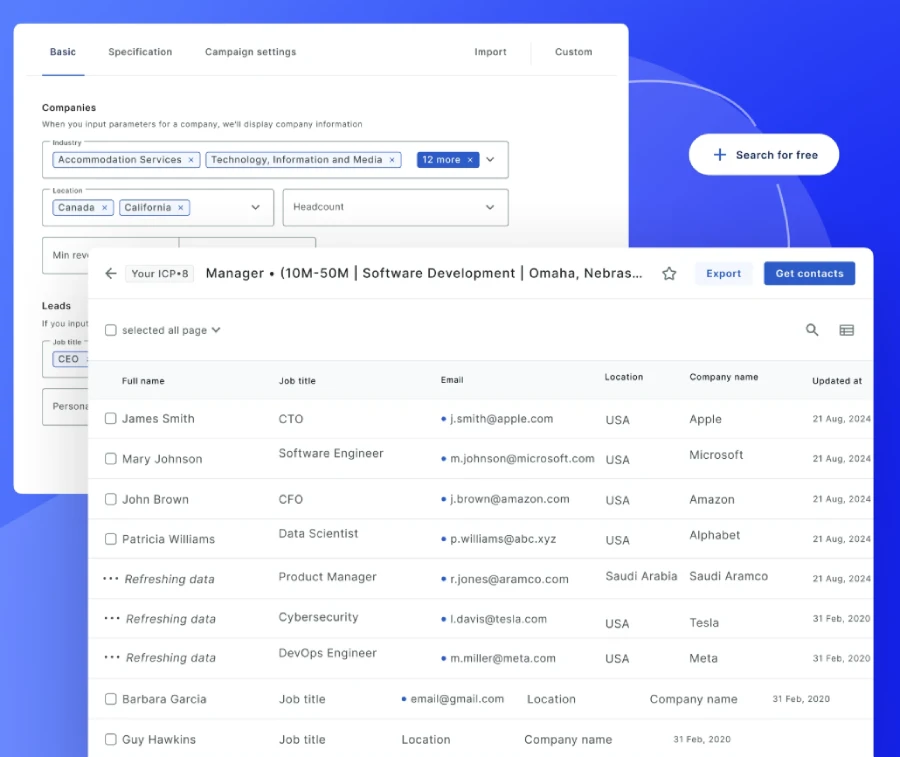
Why Your Organization Is At Greater Risk With Remote Employees
The coronavirus pandemic has accelerated the demand for businesses to embrace a remote workforce, whether they’re ready or not. The push to go remote isn’t a bad thing; there are numerous benefits to having a remote workforce and businesses are smart to make the switch.
Having a talented, motivated remote team of employees eliminates the need to rent office space, which subsequently eliminates expenses like internet, office equipment, cleaning services, certain types of insurance policies, and utilities. However, having a remote team also increases a company’s exposure to cybersecurity threats.
When employees use their own devices at home to access company accounts and networks, you don’t have the same level of control you would have in an office. If you don’t have a special set of cybersecurity measures and policies specifically created for a remote workforce, your business is at risk.
Remote Teams Pose A High Cybersecurity Threat Risk
Cybercriminals are ecstatic about the sudden increase in remote employees. Millions of people newly working from home unaware of cybersecurity requirements is every hacker’s dream.
Hackers know that business owners new to remote work are less likely to have sufficient cybersecurity measures in place and new remote employees are unlikely to know their responsibilities. For instance, employers should require all remote employees to install enterprise-level security software on all devices used for work and to connect to the company network through a VPN. If using security software and a VPN isn’t a requirement, few employees will take it upon themselves to use these security measures.
Unfortunately, employee ignorance and negligence cause the majority of cybersecurity incidents. According to an email security report published by Egress, stressed, tired, and overworked employees cause 4 out of 10 data breaches with 80% of companies reporting that employees have sent emails with sensitive data to the wrong recipient. Remote employees are also prone to making mistakes, but being remote adds a severe layer of risk.
Remote employees routinely access company accounts through public, unsecured Wi-Fi, which puts their device and the company’s accounts at risk. Many remote employees also fail to secure their devices to make data retrieval impossible in the case of theft. Sometimes employees fall victim to phishing attacks and willfully yet unknowingly give their login credentials to hackers.
Most of these issues can be avoided in a physical office. In an office, a company can issue protected devices to employees with security software that gets updated remotely. The company network can be protected at the source to monitor all inbound and outbound traffic, and external threats can be thwarted quickly.
You Need Stronger Remote Cybersecurity Policies For Your Business
How strong is your cybersecurity policy for remote workers? Do you have a policy in place for accessing the network and storing or deleting data? Both types of policies are critical. According to Shred-It’s state of the industry report, 54% of businesses have absolutely no policy for storing and deleting sensitive data. That’s a huge problem. Without a security policy governing data storage and deletion, a variety of problems can occur.
- If you don’t track all locations of duplicate data, that data might not get deleted from all locations. If that data was sent over unencrypted emails, it could be anywhere and accessed by anyone.
- Deleted data is easily recovered. You need software to rewrite files you want permanently deleted and rendered unrecoverable.
- Unencrypted data stored on a company server is risky. A policy requiring data to be encrypted while stored on the server makes stolen data unreadable.
- Without a policy prohibiting employees from storing certain classes of data on their personal devices, that data is at risk if an employee’s device is stolen or hacked.
Having the right policies and software is critical, but there’s an easy way to stop most cyberattacks. The biggest threat is that most hackers obtain account credentials from phishing attacks.
Can Your Remote Employees Recognize A Phishing Attack?
It seems that most cybersecurity attacks are initiated after someone is taken by a phishing scheme. Train your remote employees into good habits when responding to emails and clicking links in emails. They need to know:
- Email addresses can be spoofed. If they receive an email from a coworker asking for help logging into their account, it might be a phishing attack.
- Clicking on malicious links could automatically execute an attack. Train your remote employees to view a link’s destination URL rather than rely on the anchor text to discern where the link will take them.
Cybersecurity For A Remote Workforce Is Complex
Maintaining company security with a remote team is challenging, but not impossible. It requires a combination of proper software, policies, training, and enforcement. However, each business will have different security requirements.
If you’re new to managing a remote workforce, connect with an IT security professional to get the inside scoop on exactly what you need and what you can skip.

Tech-Savvy Tips for Enhancing Your Digital Infrastructure

Balancing Business Leadership and Travel: Tips for Success

Best ASP.NET Development Companies






